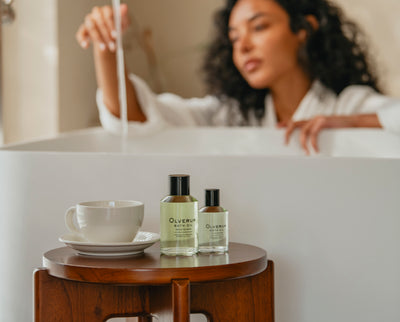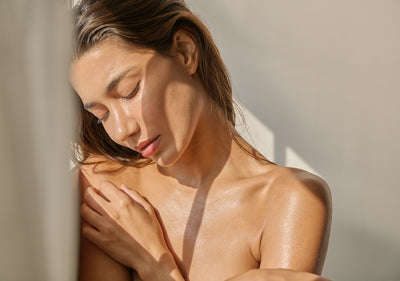Since 1931, the rejuvenating effects of OLVERUM have acquired an illustrious reputation among the brand’s devotees. It’s an honour we work hard to maintain. Building on the expertise of our founders, and infused with the same passion, we ensure that every OLVERUM product provides a unique formulation of painstakingly selected plant extracts – each with their own traditional therapeutic properties – to restore the essential you.
The Essential Oils used are listed below. You can also learn about the other active ingredients here.





